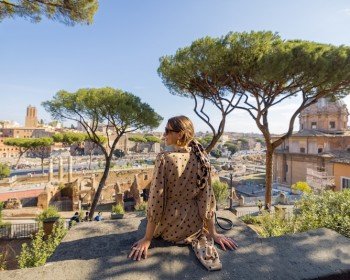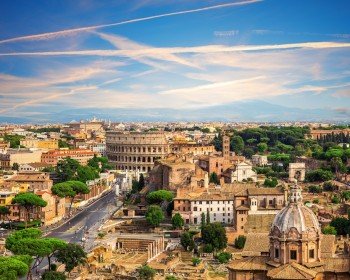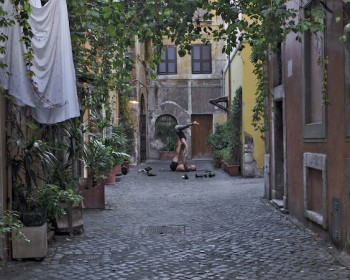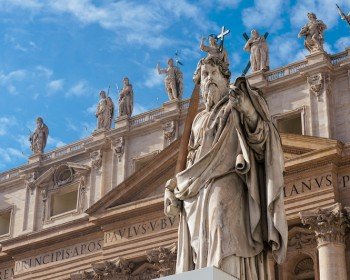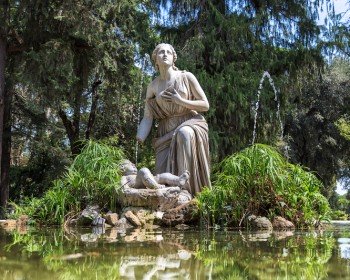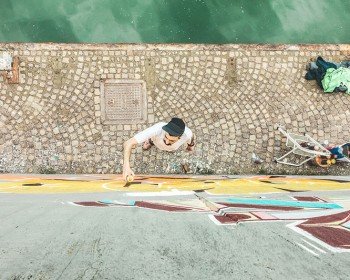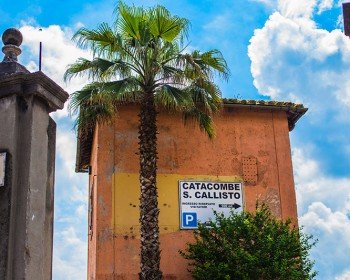Rome: when you think about this beaufitul city, your thoughts travel between the main attractions of the city. Colosseum, Spanish steps, Borghese, Pizza and food are some ideas we link to the Italian capital. But, do you know what is the best part of a trip to Rome? Discovering the hidden corners of the city, some areas and districts that are unknown to a lot of tourists and Italians too.
Have you ever thought about the off-the-beaten track in Rome? Have you ever had a desire to explore the secret districts of a large city to know its true magic? Our city is very big and it is difficult, if you are not a local, to find out where to go to discover corners that can show an obscur side of a city well-known across the world. There are a lot of very nice places in Rome where you can enjoy an unusual perspective of the city.
--> Book Rome in a day private tour
One of these hidden districts of Rome is the Coppedè District, a little borough situated in the heart of the city, near Buenos Aires Square and Via Tagliamento. The name of this district comes from the Italian designer Gino Coppedè who planned this particular structure of houses and fountains. The core is Piazza Mincio from where buildings branch off. Here you can admire a mix of various architectural stiles from Liberty to greek, baroque and gothic in which you can immerse yourself. This mix of styles, create a magical enviroment like fairytails.
Coppedè is the magic of Rome, a borough populated by fairies, elfs, enchanted creatures where you can become a kid, isolating your self from the chaotic and noisy big city. How can a little district be isolated? Coppedè can be considered a village in the big city. It has an entrance and a closed structure.
The entrance is a 'transparent' door under an arch between two buildings – the Ambasciatori Palaces - with a chandelier hung above the arch like a princely palace. Under the arch we can see the signature of the great architect: he put his name on it. The Frog Fountain is there, ready to welcome you in a marvelous world of mystery and myths. The fountain is called the Frog fountain due to the eight little animals spitting out the water and another bigger frog in the center. Passing the fountain and walking through the little alleys of the district, some of the most bizarre constructions. There are two little towers where we can glimpse some allegory characters. On one tower we can see the winged Nike (goddess of victory) and on the other one there is the Virgin Mary with the little baby in her arms. The last one is a figure very common to see in Rome but for sure the one of Coppedè is the less classical image you can find moving among the city.
The most famous buildings are Villino delle Fate and the Spider Palace.
The Spider Palace is so called due to a black and white mosaic on its facade that represents the animal. The spider is the symbol of diligence and maybe Coppedè included it to express the intensity he put into his work.
Villino delle Fate (Fairy House) is considered the masterwork of this area. Do you want to know why? Well, it incorporates symbols of different cities. First of all Florence: on the facade are represented Dante and Petrarch (two Florentine authors of the 3rd and 4th centuries – the most famous works are 'La Divina Commedia' and the 'Decameron') near Santa Maria del Fiore dome. Secondly Rome: the wolf (the symbol of the Italian capital) with Romulus and Remus. Thirdly Venice with the lion and a sailing ship. And, of course, all of that is surrounded by towers and balconies that give a surplus to this amazing house.
No one knows who is living here and it is really difficult to find it out. But, lucky them! All people dream (at least as a child) to live in a house that seems a palace with statues, images and symbols on them. It is a district where you should walk with your pug nose to catch all singular and special details.
Not so far away, there is another magical place. Have you ever heard about the Casina delle Civette? It is located in Villa Torlonia. This Villa was property of the Phamphilij family then passed to Torlonia family and successively to Mussolini. It is a wide villa, rich with green spaces where it is really a pleasure to spend the afternoon talking with friends or palying with your little kids.
Among the houses in this villa (actually museums,) there is the Casina delle Civette (House of the Owls). The name already shows what you can except entering there.. it is really an enchanted house, it seems the house of a wizard. Staircases, coloured glasses and all types of owls – painted, carved, sculpted, alone or in group, it is actually their house. It is developed on two floors connected with staircases. The first staircase, at the entrance, is a normal staircase; the second staircase used to exit the house, is a tight spiral staircase. Different rooms with owls are scattered in the house and there is the 'room of the stairs' that, when you visit it at night, seems to be lying on the grass looking at the blue sky lit up by the bright stars.
Coppedè and Casina delle Civette are only two of the off the beaten track sites you can find in Rome. But for sure they are the most magical places of the city. It's true that both can be thought as suitable for the younger ones. Put yourself in the line and go back to your childhood: visit both and feel the emotions that this city can offer to you!
Be the unconventional tourist visiting the hidden corners of Rome. Once back home you will be the one to tell your friends how wonderful and magic the eternal city can really be!


